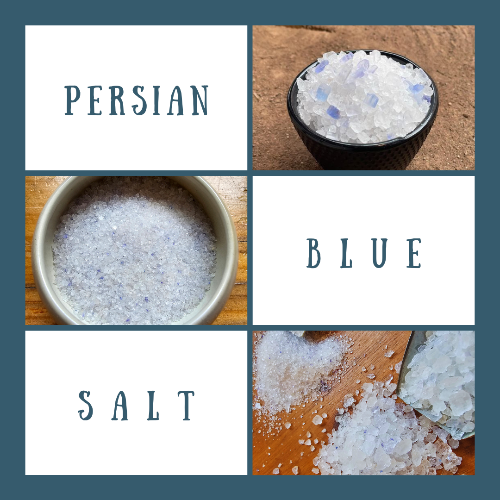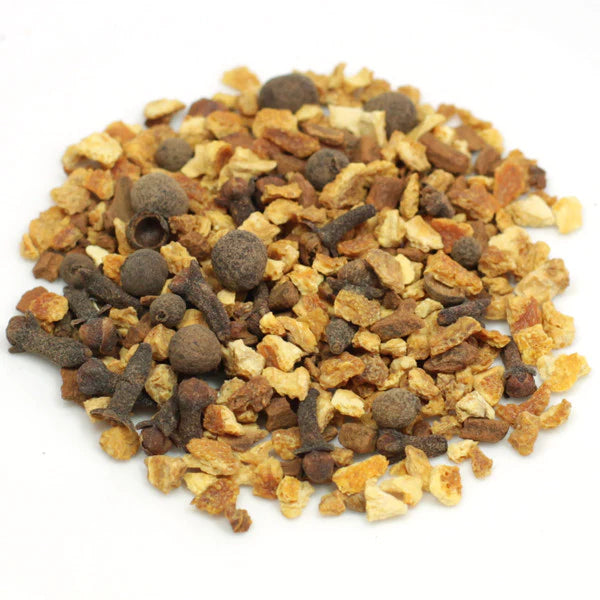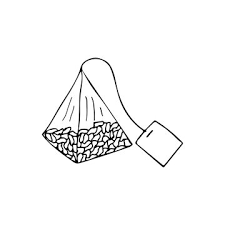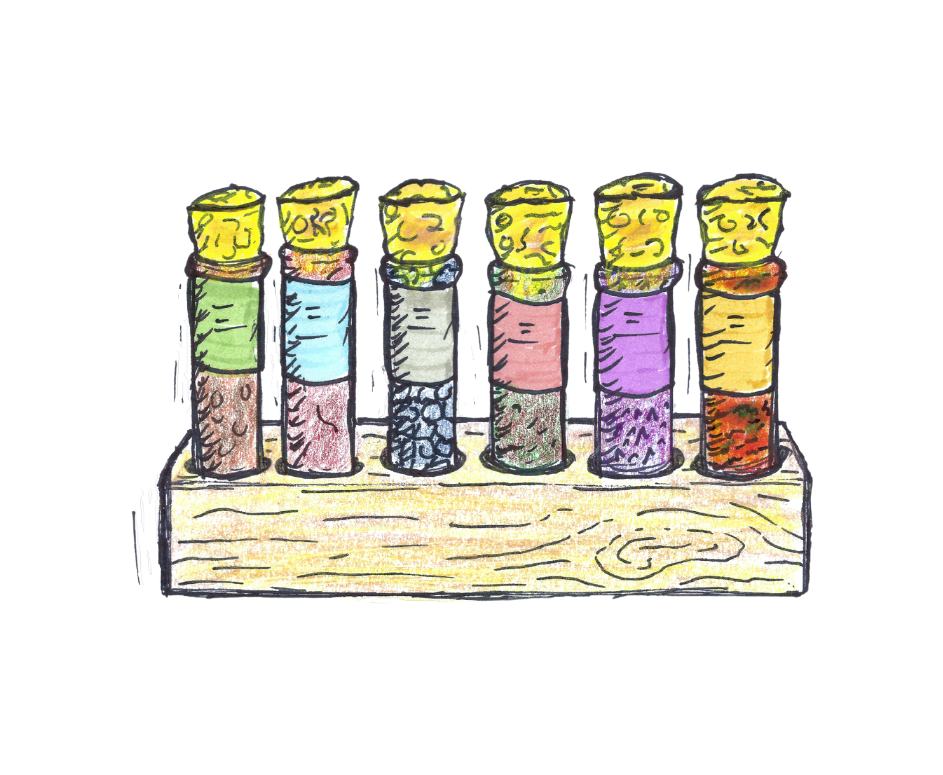Tea & Health
In an era plagued by media-endorsed health testimonies, it can be difficult to know what to believe, or what's actually good for you.
While any fickle magazine variety may turn it's back on flax seed or bee pollen and loose-leaf tea—or "the'—has a rich history that can support it's reputation as nourishing, beneficial, and tasty. It was Fyodor Dostoyevsky who said: "Let the world go to hell, but I should always have my tea.
Where does tea come from and why is it good for me? All tea—wether it's Black, Green, Oolong or White—comes from the same Camellia Sinensis plant that is native to Asia but harvested around the globe. Although all tea comes from the same plant, the health benefits vary among strains. Also, cultivation is an important factor, with quality organic tea (tea harvested without the use of pesticides, fertilizer, plant growth regulators or human sludge) becoming more readily available in the marketplace. One thing the various tea types all have in common though: it's near impossible to find any drawbacks.
Black tea is the most oxidized and oftentimes draws comparisons to coffee and chocolate. It is generally stronger, bolder, and contains the highest amount of caffeine. Black tea is full of antioxidants (known as flavonoids) that have shown to support cardiovascular health. The black tea flavonoids can aid in reducing the risk of heart disease and lowering bad cholesterol levels.
Green tea is less oxidized and more grassy than black tea, and is known for supplying a great deal of health benefits. Research has shown that catechins found in green tea—an overwhelming source of vitamin C and E—are connected to fighting a variety of cancers including skin, breast and throat. If you're drinking green tea for it's antioxidant value, the most efficient way to feed your body these flavonoids is to have three cups daily.
Some think that Oolong tea's health qualities are the equivalent of combining black and green tea, as it's leaves are only partially oxidized. Oolong tea is high in minerals and vitamins B,C,E, and K.It's also known for removing free radicals from the body. The antioxidants in Oolong tea fight against tooth decay and stimulate bone strengthening.
Known as the tea of the aristocrats, White tea has flavonoids that can lower blood pressure, lower cholesterol, strengthen bones, and protect the heart against disease. One of the leading draws to white tea, especially during the winter, is that it works as a flu-preventive by increasing blood flow and killing bacteria and viruses.
On a side note, because many tea aficionados don't consider Red tea or Rooibos to be "real tea"; this native South African "red bush" is fast becoming the most significant form of anti-oxidant tea in the loose leaf community. Trace amounts of caffeine don't strain the heart like "real tea", which promotes blood flow without wearing out the heart. This helpful mechanism or phenomenon can help sharpen mental focus and concentration.
Some other researched benefits of drinking 2-3 cups of red tea everyday include: tooth health, cancer prevention, high cholesterol prevention, respiratory health, digestive and anti-inflammatory health and Arthritis.









